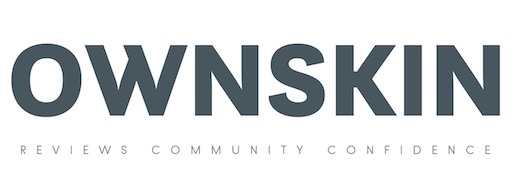On Instagram the hashtag “fox eye” has a little more than 57,000 posts. Popular makeup gurus like Brianna Fox and Sagonia Lazarof on YouTube are demonstrating how to “realize” the look. The models Kendall Jenner and Bella Hadid are used as reference points in the celebrity sphere. For a brief period it was even a TikTok challenge, with the hashtags generating over 74 million views. The common denominator is this: a sea of primarily white girls creating a makeup look that gives a slanting, upturn look to their eyes. The irony of the fox eye trend is not lost on the Asian American community, which immediately called it out for what it is: another example of plagiarizing mainstream beauty standards from other cultures.
The pattern of the fox eye is described as this: “Shaving off the tail end of your eyebrows (eliminating anything from the arch to the tail) to draw on a straighter brow; using a brown or black eyeshadow to create a bright, cat-eye flick up to the temples; and then adding a touch of the same eyeshadow to the inner corners of your eyes pointing towards the nose bridge”
The effect is a slanted, cat-eyed look that is most often seen in Asian faces. Yet unlike the fox-eye competition participants, Asian people are not credited for their genetics. In fact, “slanted eyes” were historically one of the most frequently used insults against the Asian people. Jordan Santos, a beauty influencer from the Philippines, told Teen Vogue her eyes were used by her non-Asian peers to “other” her in her youth.
“I was a little insecure about my eyes, growing up. I wish they were rounder, less almond because Asian eyes would make people fun. It’s disturbing, but unfortunately not shocking that non-Asians are now using the same look used to ridicule Asians for their eye form for esthetic purposes, “Jordan says.
Jordan is not the first, or the last, to decry the phenomenon of the fox eye. It is no accident that mainstream beauty standards would again steal selected features from another culture, when in the past that very same feature has been armed against its community of origin. Celebrities and influencers have specifically lifted Black features in the past decade, appropriating them into the new beauty standard while continuing to disregard Black people’s actual lives.
The poor timing — and definition — of the phenomenon of the fox eye comes at a time when there is still strong national debate about racism. Since individuals and brands alike face their own biases and privileges, it is best to withdraw any and all beauty trends that arise from any kind of cultural appropriation.
XOXO

